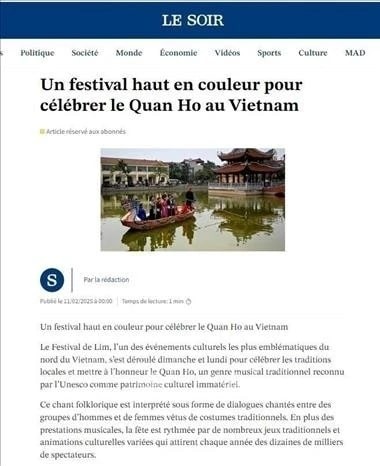Worth-a- visit beautiful and charming lakes across Vietnam
| Perfect destination to hide away from scorching heat during Hanoi's summer | |
| Top 5 stunning beaches in Con Dao to relish this summer | |
| Beautiful embroidered shoes of Xa Phang village in Vietnam |
Ba Be Lake, Bac Kan Province
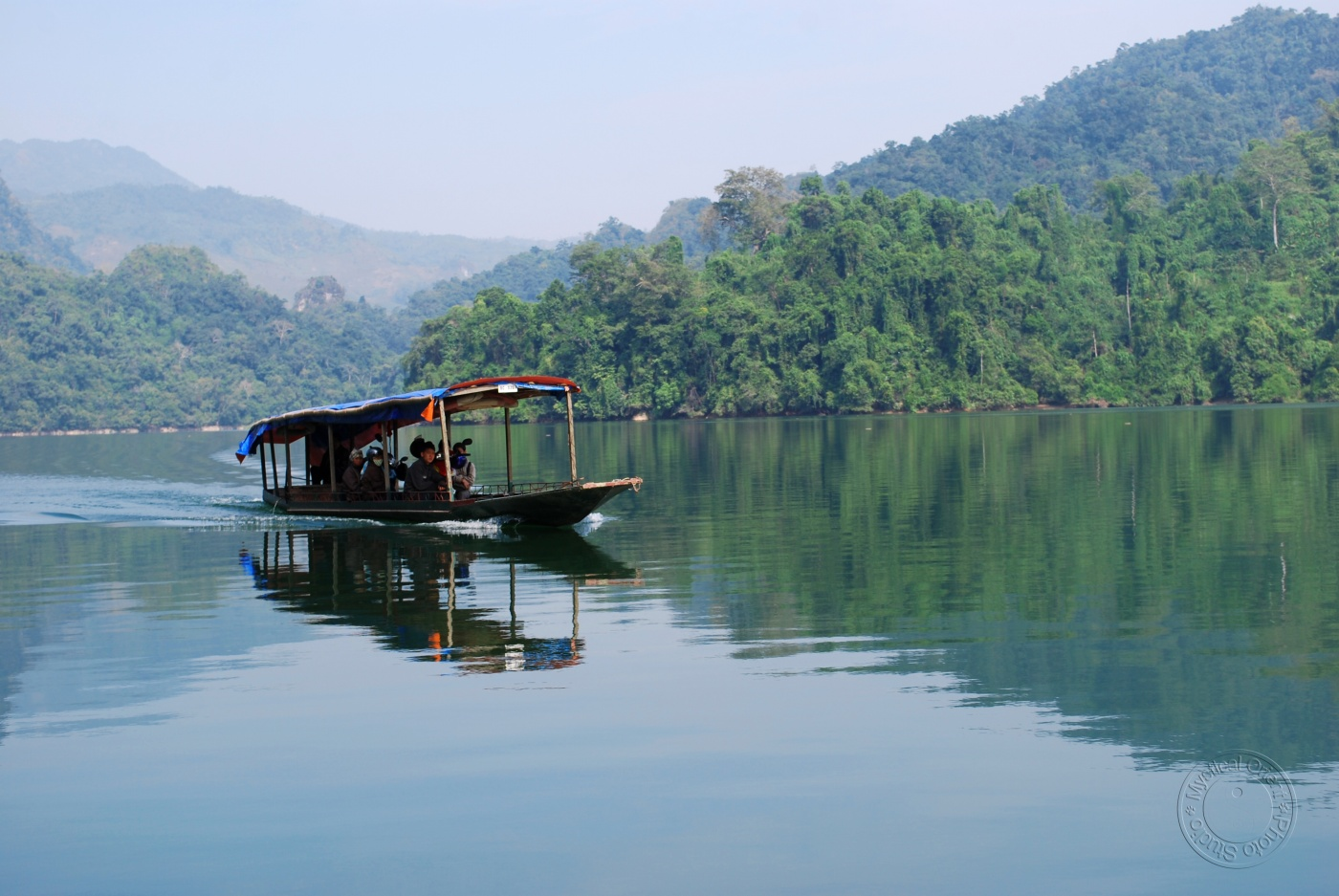 |
| Photo: Green Discovery Indochina |
Ba Be Lake lies in the middle of the vast limestone mountain range of Ba Be National Park with large and small islands of limestone rising out of the water, many of which can be explored as you kayak around. There are also several caves to find, with beautiful rock formations that have developed over millions of years. Of those, a good example is Puong Cave, through which the Nang river runs under its magnificent limestone structures. It is 30 metres wide, and 300 metres deep with thousands of stalactite and stalagmite structures and a bat colony numbering tens of thousands. Its picturesque entrance lies to the north east of Ba Be Lake, in the hillside of the Lung Nham Range.
The lake itself is actually three small lakes joined together – Pe Lam, Pe Lu and Pe Leng. The area was established as a national preserved forest and tourist centre in 1978, before being established as Vietnam's eighth national park in 1992. It was recently recognised by UNESCO as the third Ramsar site in Vietnam - an important wetland of the world. Located 145m above sea level, the lake has an average depth of 20-25m and its deepest part is 35m. The lake bed is made up of limestone with millions of crags and crevasses that are ideal for a large variety of marine life - there are over a hundred of species of freshwater fish in the lakes.
Hoan Kiem Lake, Hanoi
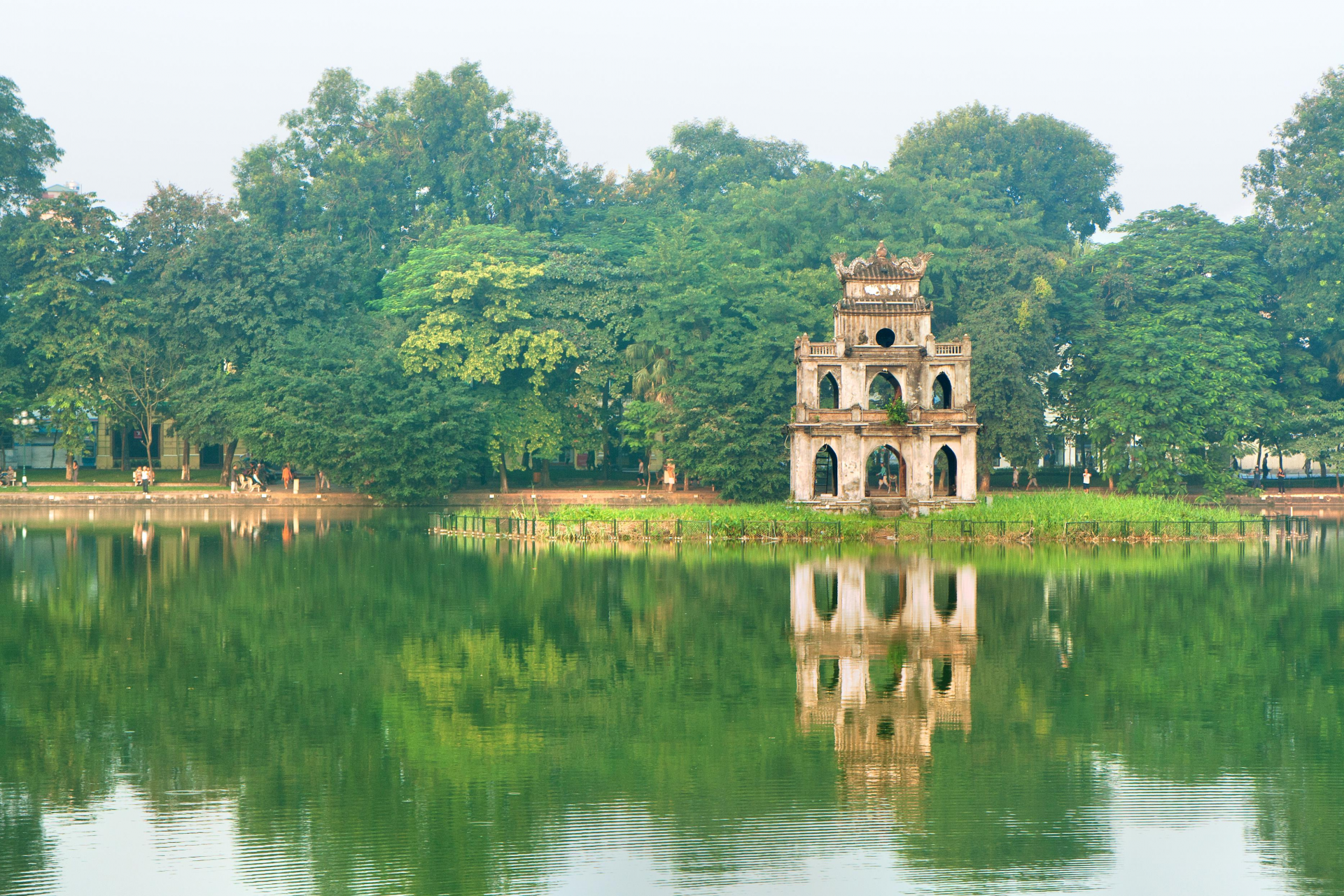 |
| Photo: Trip |
Hoan Kiem Lake ( Hồ Hoàn Kiếm) meaning "Lake of the Returned Sword" or "Lake of the Restored Sword"), also known as Hồ Gươm (Sword Lake), is a freshwater lake, measuring some 12 ha in the historical center of Hanoi, Vietnam. The lake is one of the major scenic spots in the city and serves as a focal point for its public life.
The lake and the temple offer plenty of trees and shaded spots in which to escape the busy city streets. To get there head towards the Old Quarter and the main post office which is located next to the lake. Tickets are purchased at a booth located on the left-hand side before you cross the bridge. The temple opens at 08:00 and closes at 17:00 every day and it's best to get to the lake as early as possible to watch the locals do their morning yoga and Tai Chi. To get to the temple, walk across the flag-lined bright red Huc Bridge across to Jade Island.
Every morning at around 6 am local residents practice t’ai chi on the shore. Sunset is a lovely time to explore the lake too and can make for some sublime photographs as the sunsets.
The ramshackle Thap Rua, on an islet near the southern end, is often used as an emblem of Hanoi. A number of elegant pagoda-like stone gateways can be found around the lake, inscribed with Chinese characters, including Hoa Phong Pagoda (Thap Hoa Phong) near the southeast of the lakeshore.
West Lake, Hanoi
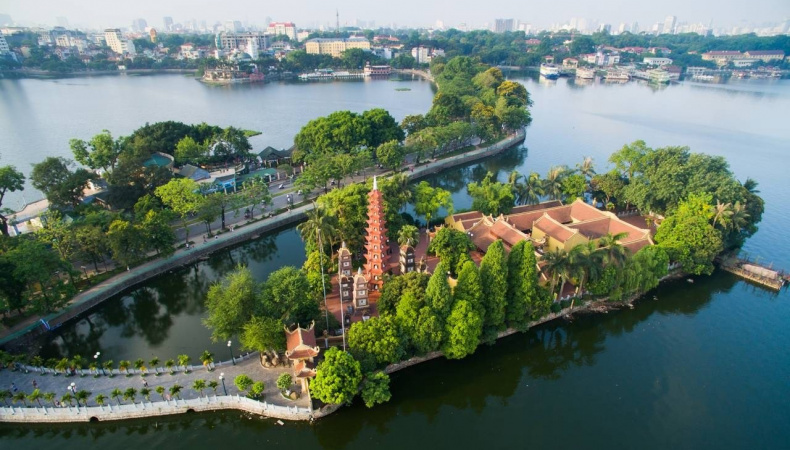 |
| Photo: Journey on Air |
Tay Ho District is known for housing Hanoi’s largest freshwater lake, called West Lake. It’s a huge body of water – it has a circumference of 17km – and there are plenty of historic places of interest, five-star hotels, stylish restaurants, cafes, and nightlife venues that are worth exploring along the shoreline.
Accessible within a 15-minute drive from Hanoi Old Quarter, many locals and tourists seeking respite from the busy city make their way to this high-end district as it provides a sanctuary of great natural beauty with plenty of quiet spots in the sizeable botanical gardens. Known locally as Tay Ho Lake, the actual history of West Lake remains a mystery to this very day, though one legend claims that it was formed when the Dragon King Lac Long Quan drowned a wicked fox spirit with nine tails in his lair. Another folklore source claims that the lake was formed when a large Chinese buffalo mistakenly confused a pagoda temple bell with its mothers call and ran so fiercely into a small hollow that the lake was made.
T’Nung Lake, Pleiku
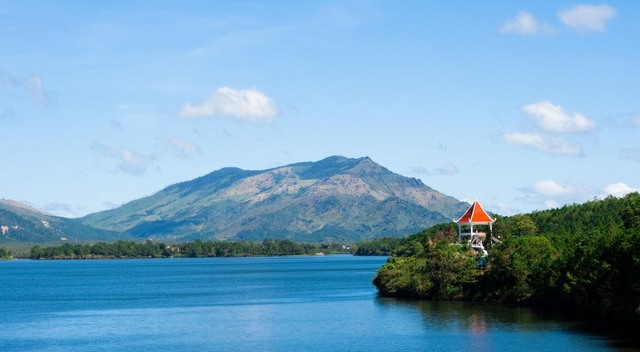 |
| Photo: Tour Dalat |
T’Nung lake is the volcanic plateau inactivated for millions of years located about 7 km from north of the Pleiku city center, with an area of 280ha, and average depth of 16-19m, at the deepest position to 40m. T’Nung lake is a name of the village associated with the legendary land of Gia Lai, Kon Tum. The village was rich and beautiful, harmonizing between local people and nature in here. Suddenly, the volcanic eruption buried T’Nung village. The survivors mourned their loved ones and relatives relentlessly, and their tears flowed into the lake. For that reason, T’Nung lake is considered as the pearl of Pleiku that anyone who has come to the Central Highlands cannot ignore.
From the flat plastic road running through rugged canyons lead us to the lake. The T’Nung lake is on the mountain so it is not hidden by the surrounding mountains. The beauty of T’Nung lake is enchanting many tourists not only for its in immense water, but also the convergence of many beautiful flowers, birds and precious fishes in the Central highlands. Around the lake is a huge flower garden. Every spring, daisy flower and yellow carpet covers the edge of the forest, especially, red rice flowers glows on the blue background of water, creating the gentle beauty of the lake.
Xuan Huong Lake, Dalat
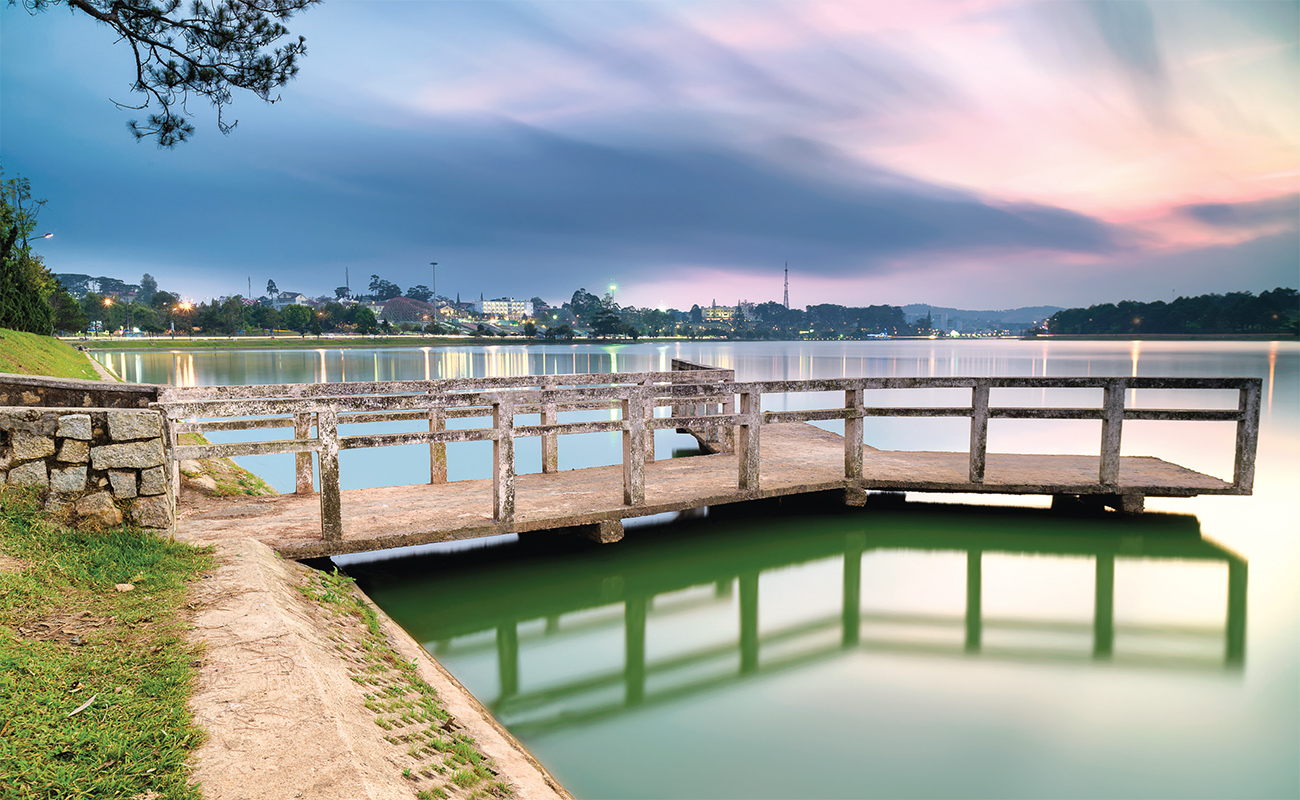 |
| Photo: Dalat Travel Magazine |
Xuan Huong Lake has an area of 32 ha and the average depth of 1.5m. It is located on an elevation of 1.478m above sea level and it is considered as the heart of Dalat.
In the past, the lake used to be a swamp and it was also the rice field (close to Da Lach stream, the present Camly stream) of Lach minority people. In 1919, according to the suggestion for a plan of building Dalat city of the ambassador, Mr. Cunhac – the civil engineer, Labbe built a dam to retain water and then the stream became a lake. The French called the Lake Grand Lac. In 1921 – 1922, under the command of Envoy Garnier, the dam was built higher and longer.
In 1953, the lake was changed another name, Xuan Huong.
Tri An Lake, Dong Nai Province
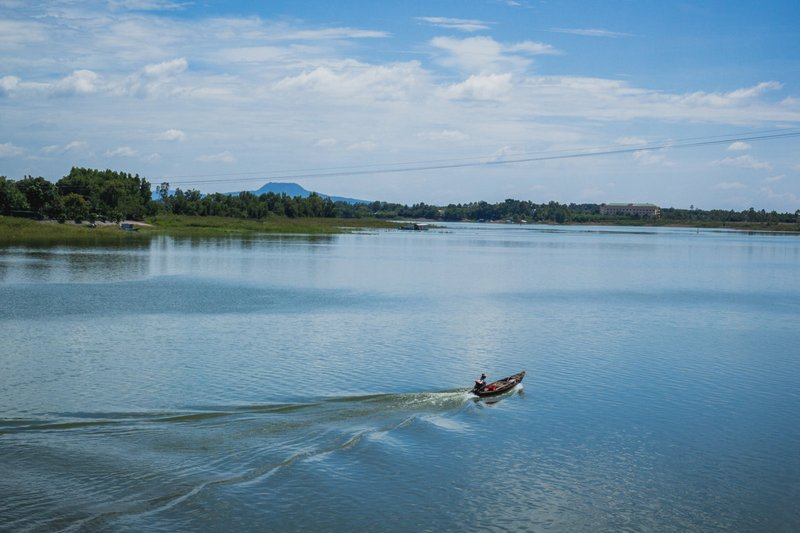 |
| Photo: Vietnam |
Located in the Southern part of Dong Nai Province, Tri An Lake is basically a hidden spot that only mostly the locals know about and only a few tourists have heard of. A man-made lake but exuding with natural beauty with its spectacular display of the sun, sky and wind, it could very well pass off as a work of nature.
Tri An Lake has an area of 323 square kilometres. It was built big because it has the purpose of storing water for the Tri An Power Plant in the province. But it also has an abundance of fish and quiet that any person will find relaxing, even therapeutic. It has dykes and dams ideal for camping and picnics which visitors will surely enjoy. But its best features are its two islands, Dong Truong and O, which emanate beauty and serenity like no other.
Dau Tieng Lake, Tay Ninh
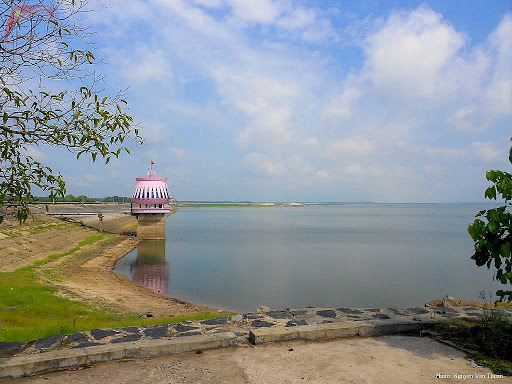 |
| Photo: Vietnam Travel Photos |
Dau Tieng Lake is a borderless body of water built by Tay Ninh people. With a total area of 27,000 ha and a total volume of 1.5 billion m3, the lake is not only capable of providing water for the province’s agriculture but it is also one of the most visited tourism sites in the country.
Dau Tieng Lake is located pretty far from the residential areas. The water there is clear and clean. On sunny days, the surface of the lake reflects the bluish and deep color of the sky. The Cau Sung Mountain embraces the Lake to create a beautiful picture of the nature. The many islets such as Xin Islet, Trang Islet, and Dong Bo Islet are the fundamental points that make the picture stand out. In addition, the Poem Hill standing beside the primitive forest that encircles the lake is also another beautiful aspect of the wonderful complex. Around the lake, there are freshly green prairies full of colorful wild flowers. The scenery is ornate even more by the bees and butterflies floating above the flowers whenever a wave makes it into the bank of the lake.
On the nearby Cau Mountain, Ong Temple overlooks the bourgeois scene. Following the path from Ong Temple, we can reach Cau Nom Lake, where the water also has a spotless transparency, the air feels cool and the atmosphere is of utmost tranquility.
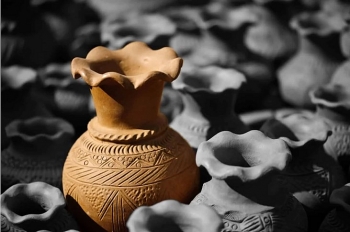 | Exploring one of the oldest pottery villages in Southeast Asia Bau Truc pottery village is popularly known by many local tourists as well as foreign ones. It is the oldest pottery village in Southeast Asia ... |
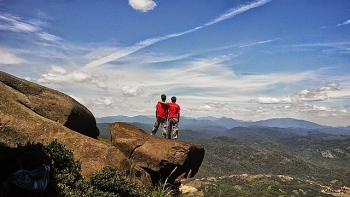 | Exploring the beauty of Da Bia Mountain in Phu Yen Da Bia Mountain in Phu Yen, Vietnam is an ideal destination for tourists who would like to enjoy fascinating scenery, fresh atmosphere and diverse eco-system ... |
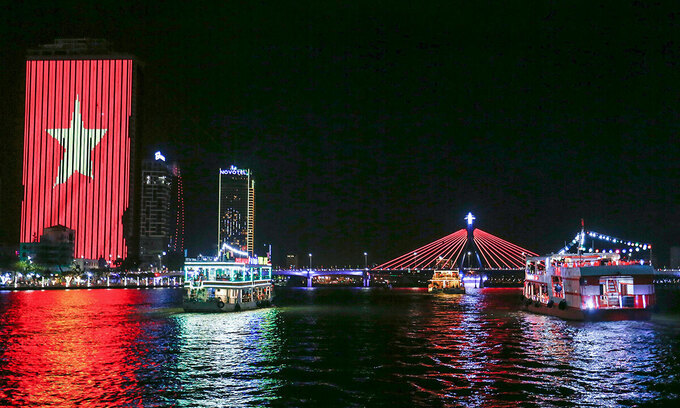 | Beautiful art lighting rig glowed up Da Nang River Han River art lighting project will soon to set Han River bridges, two banks and the surface blazing at night and promote tourism of Da ... |
Recommended
 Travel
Travel
Strategies for Sustainable Growth of Vietnam’s Tourism from International Markets
 Travel
Travel
Vietnam Strengthens Its Presence On The Global Tourism Map
 Multimedia
Multimedia
Phong Nha-Ke Bang National Park Named Top Adventure Travel Site
 Travel
Travel
Phong Nha Named Top Budget-Friendly Travel Destination for Spring 2025: Agoda
Popular article
 Travel
Travel
Four Indian Films Introduced to Lao Cai Audience
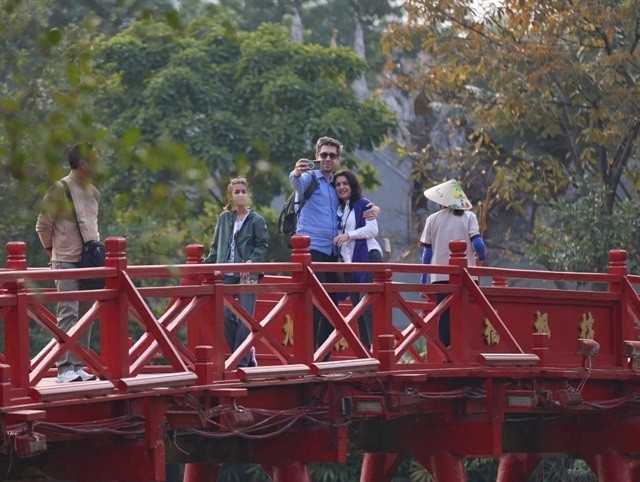 Travel
Travel
Vietnam to Waive Visas for Citizens from 12 Countries until 2028
 Travel
Travel
Ninh Binh Full-day Tour among World’s Top Experiences: TripAdvisor
 Travel
Travel







